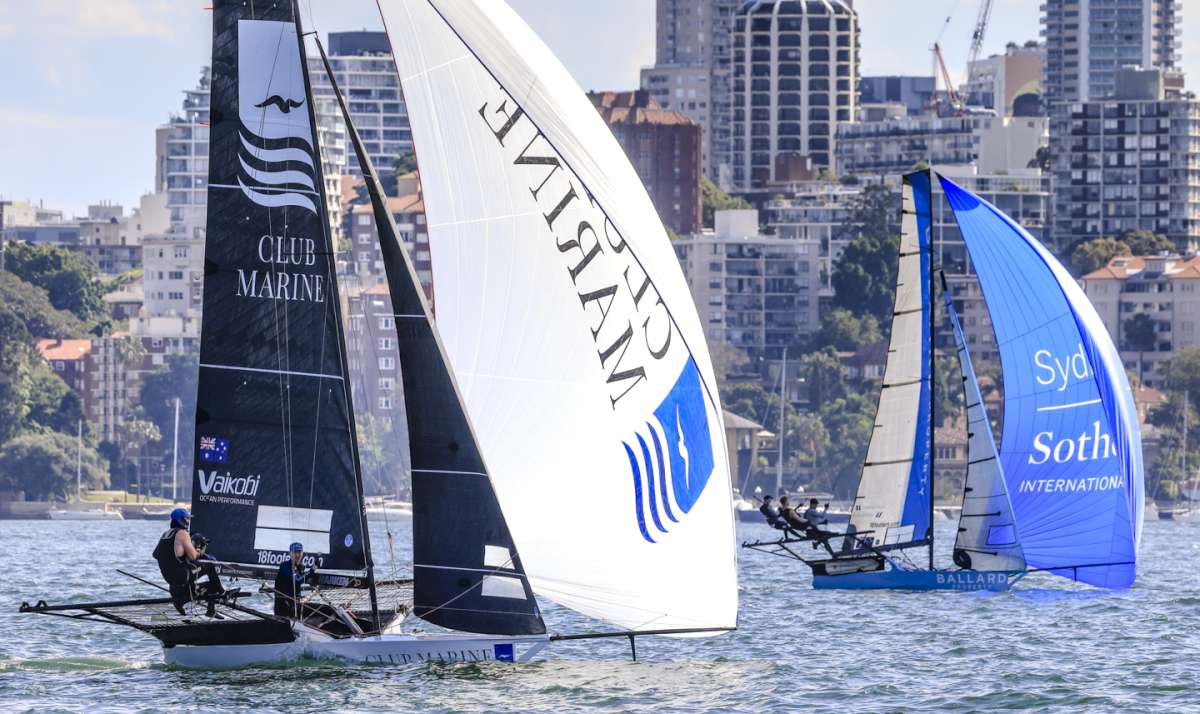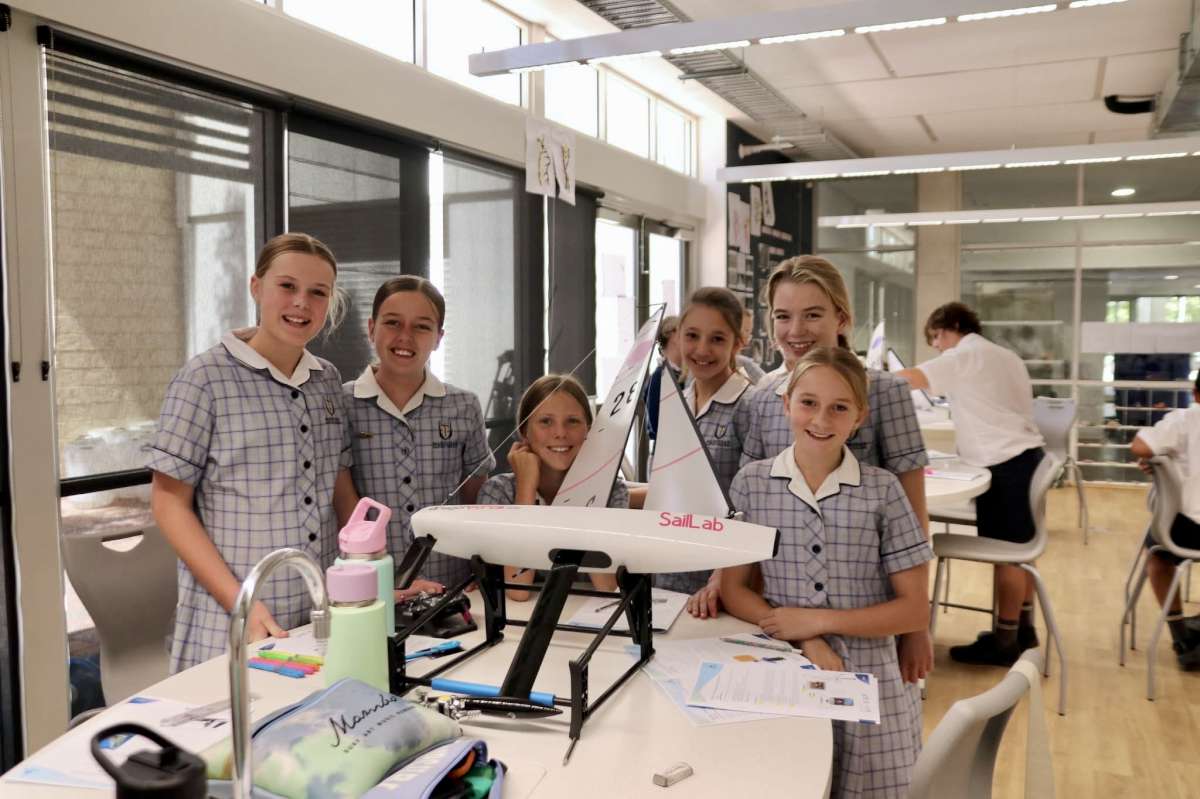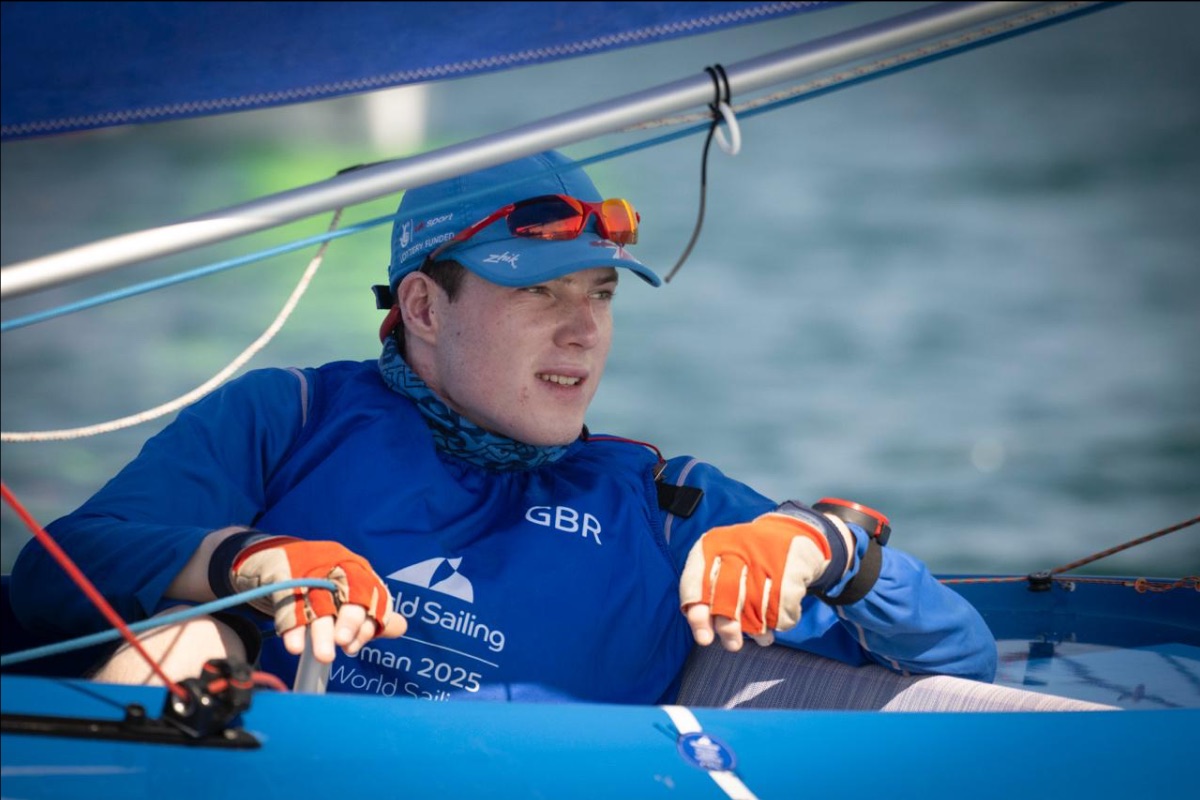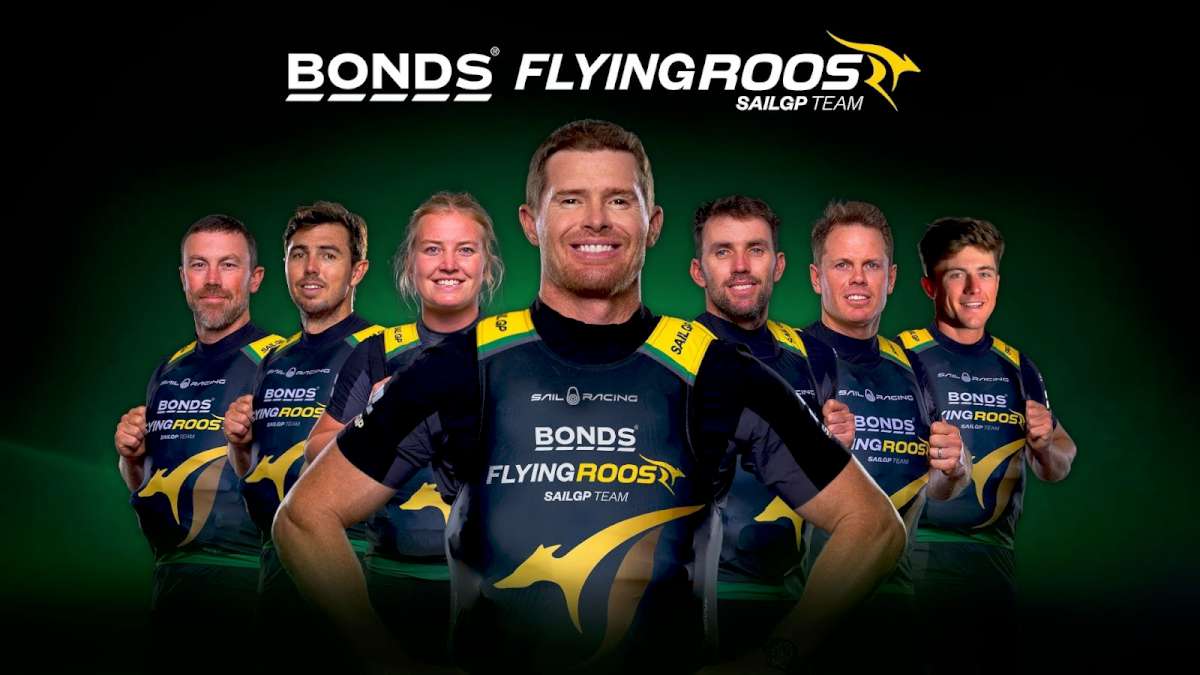Ocean sailors are daft; why else would you think it a good idea to take a modern ocean racing yacht around the world on her own bottom to compete in lots and lots of races, some thousands of miles long?
“We’ll all be dead one day,” declares Melbournian Robert Date. What more is there to say?
So Date will have his Reichel Pugh 52 Scarlet Runner back on the Rolex Sydney Hobart start line on Boxing Day after a truly astonishing, and astonishingly fun, circumnavigation. During that circumnavigation Scarlet Runner raced from Cape Town to Rio, San Francisco to Hawaii, and all over Antigua.
Of course, cruising yachts circumnavigate the world all the time. Heavy, comfortable boats that pamper their skippers with kindly sea keeping manners and cold G&Ts. But RP52s are another matter. They rattle, they thunder, they skip across the waves unburdened by galleys, plumbing; any of life’s pleasantries really. Great for racing, but ocean deliveries?
Date insists Scarlet Runner is different. “We have cushions below decks,” he says. Indeed in the Melbourne based yacht’s glossy white, space-age interior there is a galley, a freezer, a water maker and enough plumbing to provide a flushing toilet.
“She is a bit heavier than a standard RP52,” Date admits. “A bit more luxurious.” There is something Pythonesque about Date’s definition of luxury though. Don’t think Swan.
And she is fast. “So you don’t have to spend as much time at sea as on other boats. Across the Indian Ocean she averaged 13 knots. From St Martin to Panama, 15 knots, so you are traveling at a real clip with the autopilot on, but she’s still comfortable.
“And she is the original flat bottomed girl, very beamy, so that gives you stability and keeps the speed up. She’s very full in the bows so that keeps the bow up and everyone dry; and downwind we can carry full sail in up to 40 knots. Speeds of 30 knots are not unusual.
“She is a great ocean boat, but we are not the greatest upwind and we struggle in short course racing. So years ago we thought we’d look at the world’s ocean races.”
Date’s eyes turned across the Indian Ocean, and the 3500 mile Cape Town to Rio epic and for 10 days they soaked up the South African sunshine. “Every day there is a lead-up function. Every day there is a barbeque with hundreds of people. Because we were a foreign boat, every time we went out to practice there was a media boat.
Finally they started racing.
“On the first day we headed across Table Bay towards what was expected to be a big storm,” he recalls, but this was no ordinary storm. “We had all our sails down except for a storm jib and we were still doing 30 knots! One crewmember was washed down the deck and smashed into one of our steering wheels. We only had one wheel for a long time.”
Tragically one of the crew of the Angolan boat Bille died when swept overboard. Of the 38 starters nine turned back to Cape Town.
Scarlet Runner pressed on despite losing their satellite communications. They were out of contact for 15 days, but after 4500 miles they reached Rio in second place. Then came a win in the Guadeloupe to Antigua and a second in the Around Antigua.
April and May sped by in a welter of Caribbean joy. “We got great suntans, drank too much rum, and ate a lot of crayfish,” Date, from Sandringham Yacht Club said.
They rented a couple of houses to accommodate all the friends who flew over for the party. Everyone got a sail. “We’d race against paid crews with grannies on board.”
Then it was time to head through the Panama Canal and up to San Francisco for the Pacific Cup, from San Francisco to Hawaii. Unlike the Rolex Sydney Hobart, this is a staggered start so that all the boats arrive in Hawaii together.
“When we finished we were 90 percent sure we’d won. There were only a couple of 27 footers still to finish, though they did get a big northerly and nearly beat us.
“When you finish the Hobart you may not know for a while how you’ve done. But the Hobart is still the best finish because of the crowds. It’s the most exciting, spectacular finish. In Rio, it’s days between boats finishing, so no one is around. It’s a bit lonely. In Hobart all the sailors from the other boats congratulate you for actually finishing.”
Because, despite that day on Table Bay, and its relative shortness, Date rates the Rolex Sydney Hobart as the toughest race, “Especially if you get 24 hours of upwind work. You have to prepare the boat and the crew for that.
“Hopefully we can get in a day’s sailing before the first southerly comes through so that Chrissy tummies have time to settle. Seasick crews make mistakes, tear sails, and don’t finish the race.”
So would Date do it all again?
“The exercise did cost a couple of dollars. I need to build up the bank a bit,” he jokes. “But it was a lot of fun – a traveling circus.
“We didn’t get to do the Hong Kong/Vietnam race, and one day I’d like to do the Rolex Fastnet and Middle Sea races – maybe with a boat you could put on a ship more cheaply.”
The start of the Rolex Sydney Hobart Yacht Race will be broadcast live on the Seven Network throughout Australia and webcast live to a global audience on Yahoo!7.
The Rolex Sydney Hobart Yacht Race 2014 Notice of Race is online at: htRP://www.rolexsydneyhobart.com/competitors/online-race-entry/.
By Jim Gale, RSHYR media
























